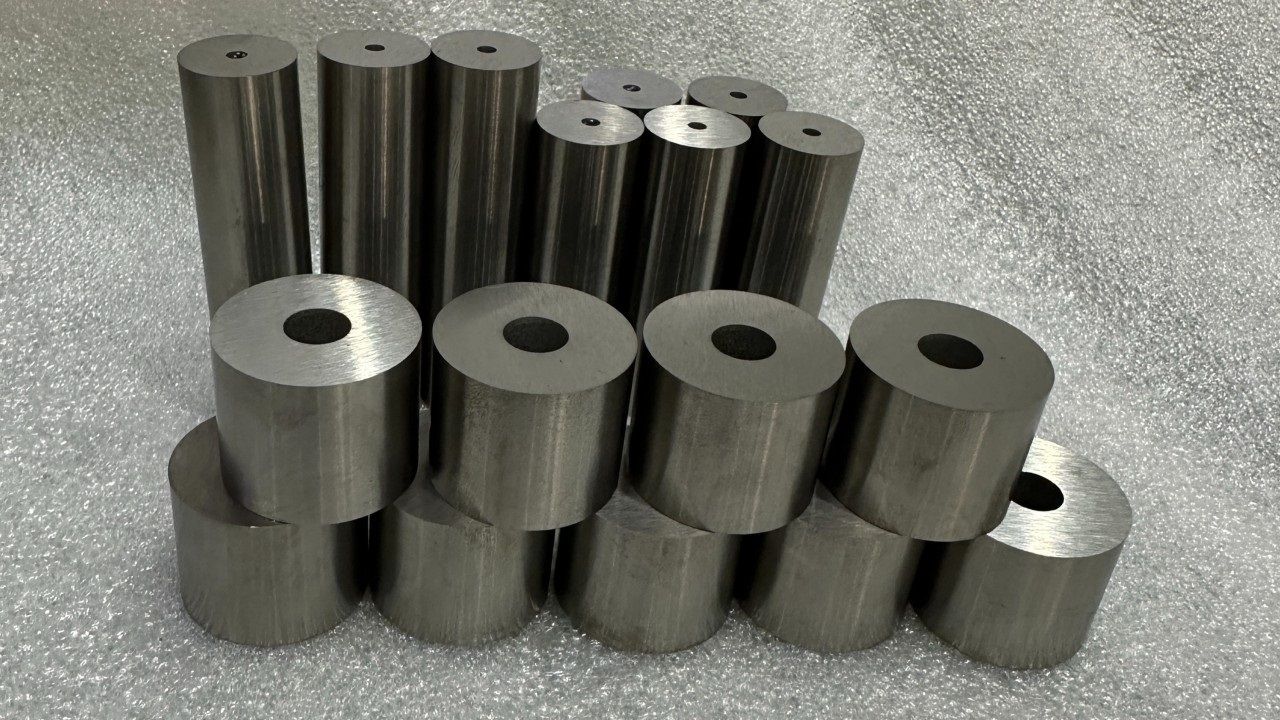In the contemporary world of manufacturing, precision, durability, and efficiency in metalworking are in perpetual demand. Punches of high quality are vital in stamping dies that are important in shaping and cutting metals. Carbide is a material that is preferred among the materials used in these punches because it is the strongest and wear-resistant material. This paper will discuss the benefits of using carbide punches and dies in stamping applications, as well as the importance to the automotive, electronic, and machine industries.
What Are Carbide Punches?
Carbide punches are part of tungsten carbide stamping dies or hard metal stamping dies. One such alloy is tungsten carbide, which is highly resistant to wear due to its extreme hardness, and it has sharp cutting edges that remain sharp with long life. Inserts are cut, shaped, or formed using carbide punches on metal sheets. These are the punches that are usually used in large production factories, where conventional steel punches might break down due to frequent use, or they break down easily because of the pressure.
High Hardness and Wear Resistance
Carbide punches are extremely tough and therefore among the biggest assets of the punches. Tungsten carbide ranks almost second after diamond in the hardness scale. This amazing hardness allows the carbide punches to endure longer during stamping without deformation and chipping during repeated stamping.
The cutting edge of carbide punches is longer than in traditional steel punches, and as such, they do not require as high a replacement and sharpening rate. This minimizes the downtimes on production lines, improves efficiency, and minimizes the overall maintenance costs. The manufacturers can use the carbide punches and do a continuous and high-volume stamping without altering the quality.
High Precision and Accuracy
Precision is also extremely important in stamping dies, especially when it comes to complicated shapes or fine tolerances. Carbide punches also possess a high degree of dimensional stability, and so this ensures that they are consistent even after several stampings (thousands of stampings).
Carbide is more resistant to wear compared to steel; thus, the punch will not deform over time, and the final product of the process will be a part of a perfect fit to the requirements. This precision is particularly helpful in the spheres of automotive and electronics, as every single misplaced detail can lead to an issue in the course of the assembly or cause defects in the manufactured goods.
Ability to Handle Hard Materials
One can use the carbide punches with hard metals, alloys of high strength, and stainless steel sheets. The modern manufacturing practice is able to meet more performance and safety standards using materials of greater tensile strength. Such materials can be hard to cut with old-fashioned steel punches, and therefore, they wear off or break readily.
However, carbide punches can work with these hard materials without being damaged. This allows manufacturers to work with a greater range of metals without a reduction in quality, scrap can be reduced, and the overall productivity can be enhanced.
Lowered Price and Prolonged Lifespan
Carbide punches are also more costly than steel punches, but they will last longer, thus cost-effective in the long term. Low cost of operations is achieved through less downtime, reduced replacement, and reduced maintenance.
In addition, the predictability of the carbide punches reduces the risks of defective punches that can result in wastage of materials or reworking. Investment in high-quality carbide punches enables manufacturers to guarantee high-quality punches so that they can achieve high returns on investment (ROI).
Heat and Friction Resistance
Heat is generated due to stamping processes and due to the friction of the punch and the metal sheet. Carbide punches have a high thermal conductivity and heat resistance, and, as such, they can be used in high temperatures without becoming dull and structurally unsound.
This feature is particularly important in stamping processes of high-speed steps, where the heat can actually result in the destruction of traditional punches, distortion of the accuracy, or reduced life of the tool. Carbide punches will be able to perform consistently even in extreme working environments.
Flexibility in Design Usage
Carbide punches can be of all shapes, sizes, and configurations to suit the stamping die requirements. Carbide punches are yielding enough to be applied to complex designs, whether circular, rectangular, or any other custom-shaped parts.
Moreover, carbide punches can also be applied together with other emerging machining procedures such as precision surface grinding, optical profile grinding, and wire-cut EDM to create exceptionally tight geometries. This elasticity makes them necessary for industries that require rigorous demands.
Conclusion
The carbide punches have been the foundation of stamping die uses in modern times with their unequalled hardness, wearability, accuracy, and capability to work with difficult materials. They are a good option in high-volume and high-precision production due to their long service life, affordability, heat resistance, and adaptability. The use of carbide punches guarantees the manufacturer a steady quality of the product, low downtimes, and the overall efficiency of the company. With the ever-increasing needs of industries to have finer tolerances and more durable punches, the benefits of using carbide punches in stamping die processes will not be eliminated in precision metal working.


